At the entrance of the village is a museum (free admission) where one can learn about the history of the village, its clans, and the existing buildings that have been designated as cultural heritage properties.
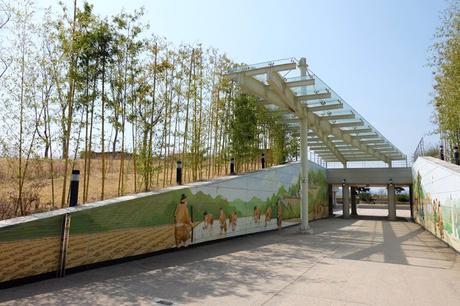
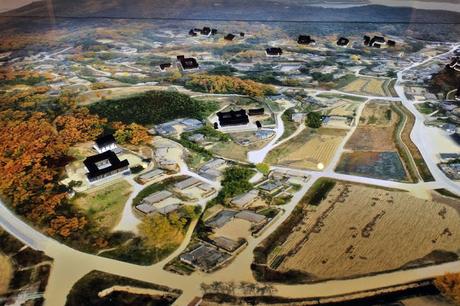 A diorama of Yangdong Village
A diorama of Yangdong Village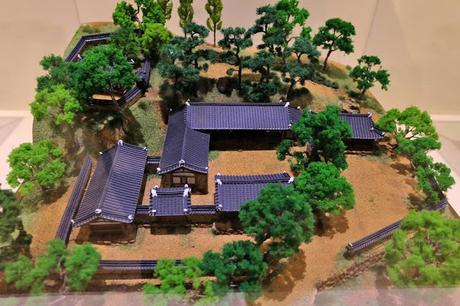 A miniature model of one of the important residences in the village
A miniature model of one of the important residences in the village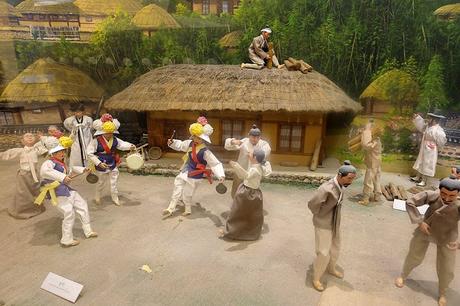
I checked out the 22 cultural heritage properties by walking around the village and visiting each (I was given a map when I paid for the admission fee). The hunt for these properties was a workout for these houses were almost always on higher ground, some with steep roads.
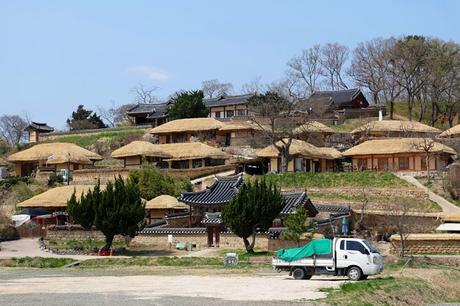

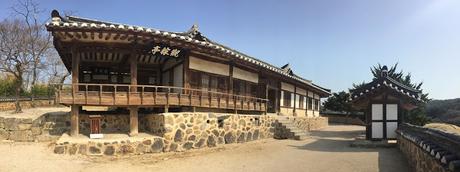 Gwangajeong, means "to see the harvest," named such because it was located where one had a view of the plain and river in the distance. It was built around 1500 by a Confucian scholar-official of the Joseon Dynasty.
Gwangajeong, means "to see the harvest," named such because it was located where one had a view of the plain and river in the distance. It was built around 1500 by a Confucian scholar-official of the Joseon Dynasty.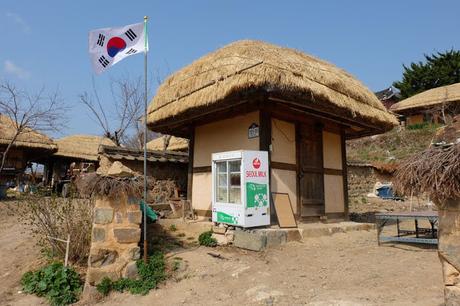
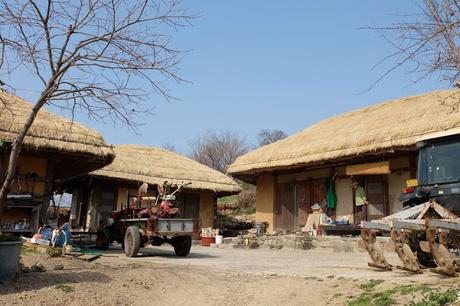
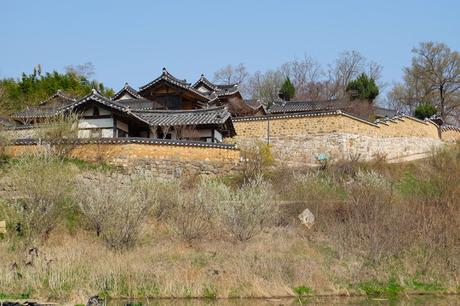 Hyangdan
Hyangdan Hyangdan was built in 1543 at the order of King Jungjong for Yi Eon-jeok, the governor of Gyeongsan Province.
Hyangdan was built in 1543 at the order of King Jungjong for Yi Eon-jeok, the governor of Gyeongsan Province.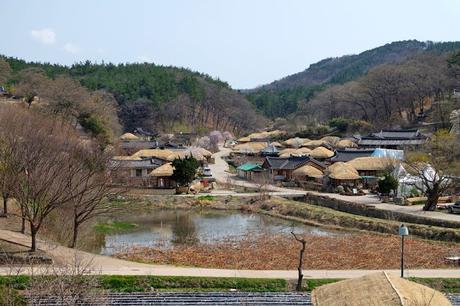
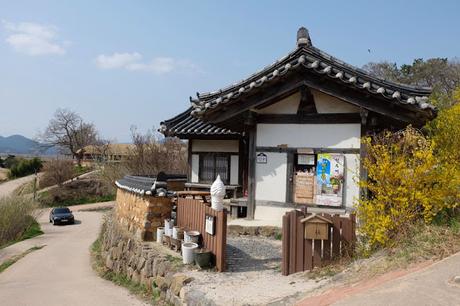
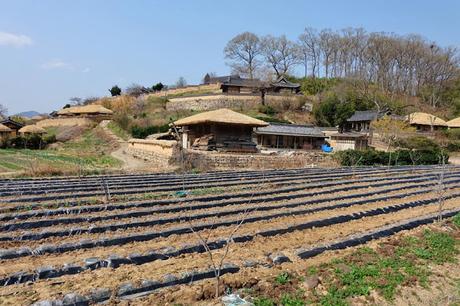
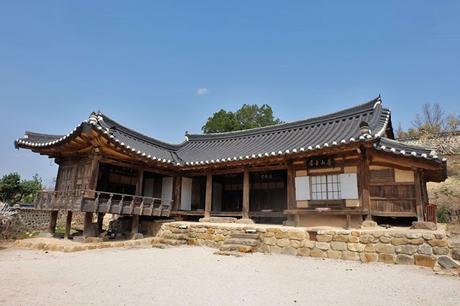 Mucheomdang is a detached building of the head family house of Yi Eon-jeok. The wooden-floored center hall is used for ancestral rites and to receive guests.
Mucheomdang is a detached building of the head family house of Yi Eon-jeok. The wooden-floored center hall is used for ancestral rites and to receive guests.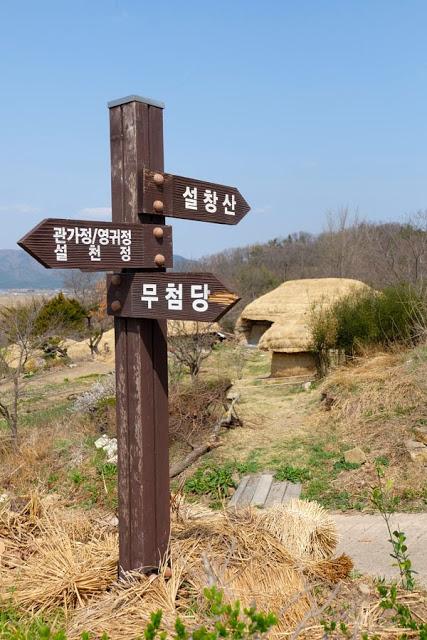 If I got lost, this directional post would be of no help to me.
If I got lost, this directional post would be of no help to me. Seobaekdang is the head family house of the Son clan, built in 1459. The 7-meter tall juniper tree in Seobaekdang has branches spreading 12 meters in diameter, and is about 600 years old!
Seobaekdang is the head family house of the Son clan, built in 1459. The 7-meter tall juniper tree in Seobaekdang has branches spreading 12 meters in diameter, and is about 600 years old!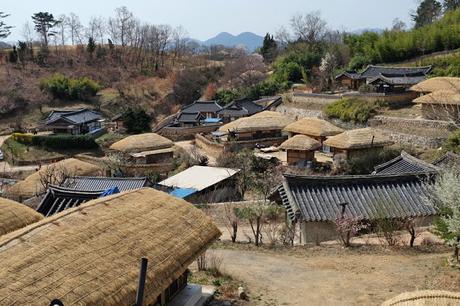

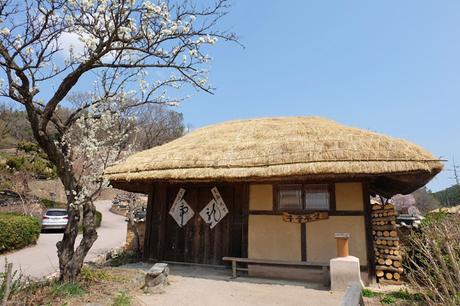
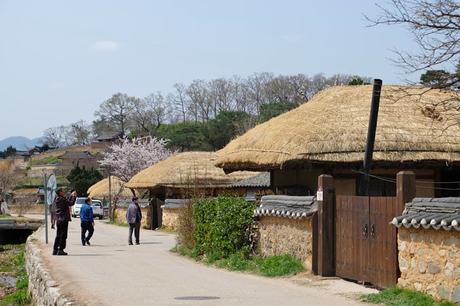
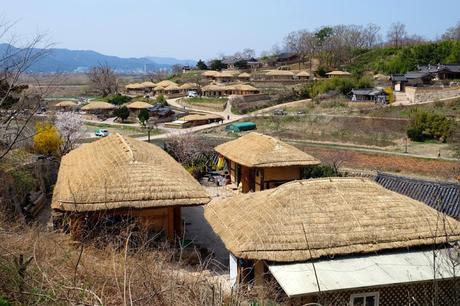
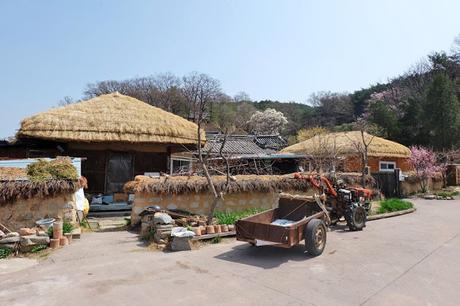
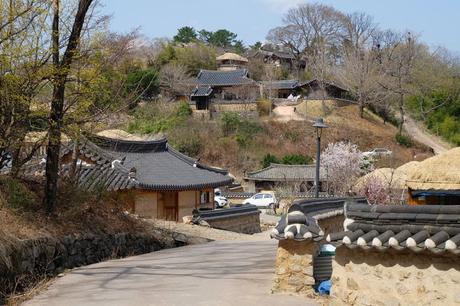
Yangdong Village is very quiet and peaceful. (And there were less than ten visitors that day.) People still live in the village and I was careful to follow the map and not trespass on private property. The houses and school buildings in the village that have been designated as important cultural properties can be viewed from the outside, but cannot be entered.
Gyeongju Yangdong Village
경주 양동마을
Daily 9AM to 6PM
Admission fee 4000 won
Directions to Gyeongju Yangdong Village: At Gyeongju Intercity Bus Terminal, take bus 203 to 양동마을입구 Yangdong Village Entrance bus stop (1300 won cash/1250 won transportation card, 35 minutes). Bus 203 is the only bus that goes direct to the village, it is important to note the bus schedule. If you miss bus 203, you can take bus 206 then get off at 양동마을 Yangdong Village bus stop and walk about 750 meters (8 minutes) to Yangdong Village.
Bus 203 Schedule
Gyeongju Intercity Bus Terminal to Yangdong: 915AM, 1030AM, 1210PM, 130PM, 330PM, 450PM
Yangdong to Gyeongju Intercity Bus Terminal: 1035AM, 1155AM, 135PM, 255PM, 455PM, 625PM
South Korea Spring 2018
Jeju Accommodation: Sum Guesthouse Jeju Airport
Traveling Around Jeju by Bus
Checking out Cafes in Jeju
Jeju: Location, Location, Location (for a Photoshoot)
Jeju Eats
History and Nature in East Jeju
UNESCO World Heritage Sites in Jeju
Hiking Hallasan via Yeongsil and Eorimok Trails
Daegu International Airport to Gyeongju
Gyeongju Accommodation: Chacharang Guesthouse
UNESCO World Heritage: Gyeongju Historic Areas
Walking Around Gyeongju
UNESCO World Heritage: Gyeongju Yangdong Historic Village (you're here!)
(more soon)

